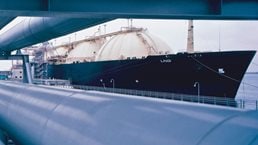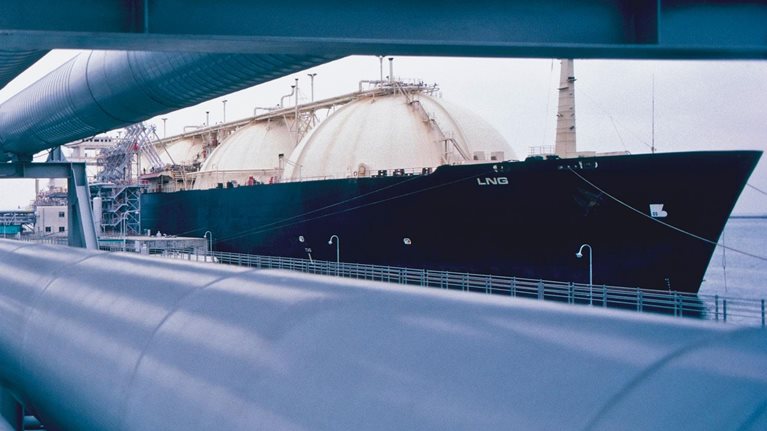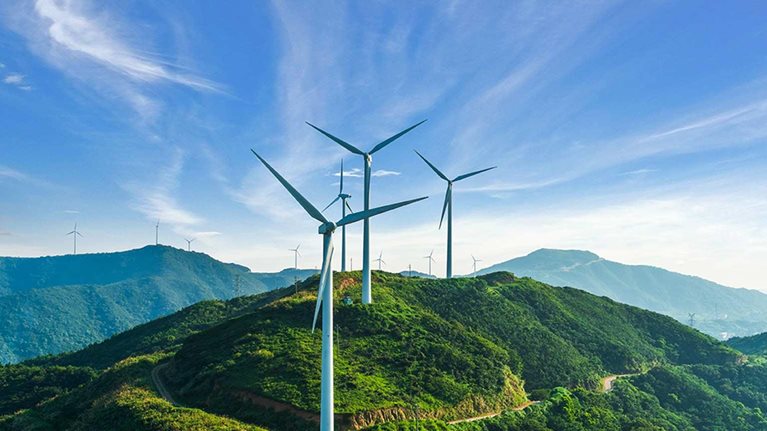By 2035, global liquefied-natural-gas (LNG) demand is expected to increase to between 560 million metric tonnes per year (MTPA) and 600 MTPA, up from 315 MTPA in 2018. Over the past 12 months, eight LNG projects have reached final investment decision (FID), adding 84 MTPA of new LNG supply to the market. This capacity addition is expected to prolong excess supply in the global LNG market into the late 2020s, well beyond the 2022–23 forecast of just a year ago (Exhibit 1). However, the Qatar North Field LNG Expansion—the world’s most cost-competitive source of LNG, expected to add a further 33 MTPA of supply—may, depending on its timing of start of construction, extend the expected period of oversupply by a couple of years.

Taking into account existing supply, recently announced post-FID projects, and Qatar North Field LNG Expansion, we expect that an additional 100 MTPA to 140 MTPA of new LNG supply will be required to meet demand: the equivalent of adding 25 standard LNG trains globally. However, more than 100 projects totaling 1,100 MTPA of proposed capacity are in contention to fill this supply gap, indicating that global competition among pre-FID supply projects is set to rise sharply. Among all the likely current pre-FID LNG projects in the world, each would need a maximum full break-even price of $7 per million British thermal units (MMBTU) to stay competitive, according to McKinsey’s LNG cost curve (Exhibit 2). That being so, only about one in ten of announced projects is likely to be competitive enough to reach FID. This poses an urgent question for operators: How can they improve the cost competitiveness of their LNG projects?

Breaking down the costs
The full break-even price for an LNG project can be broken down into four elements:
- the cost of feed gas, which can be lowered through access to privileged upstream gas and liquids resources
- capital and operating expenditure on liquefaction facilities, which can be reduced through the optimization of development projects
- royalties and taxes, which can be managed by engaging host governments and stakeholders
- shipping cost and trading margin, which vary by proximity to destination markets and can be managed through shipping-fleet optimization, including portfolio trading margin
Of these elements, operators have the most control over capital and operating expenditure on liquefaction facilities. The remaining three elements are primarily influenced by plant location and the size of an operator’s LNG portfolio. For example, royalties and taxes are set by governments, shipping cost depends partly on the distance to the demand center, and operators with large portfolios can shift supply to optimize trading margin.
Capital expenditure on liquefaction facilities accounts for about a third of the overall project break-even price among pre-FID LNG projects, though it can rise to 40 to 60 percent in cases where the feed-gas price is lower than average. Operators seeking to lower the overall break-even price of their projects would therefore be well advised to target this expenditure in their costreduction efforts.
Three levers to improve LNG capital expenditure
Drawing on our experience of working with LNG operators to improve their competitiveness, we have identified three levers that we believe have the most powerful effect on cost: prefabrication, train size, and digital technologies.
Prefabrication
LNG projects are often located in remote areas with limited local pools of skilled labor. The need to import foreign construction workers affects not only the labor rate but also infrastructure costs, such as those incurred in building large construction camps. In addition, the logistical challenges of building in remote areas can reduce overall productivity and prolong construction schedules, especially for plants located in regions with geopolitical instability or extreme weather conditions.
To combat these challenges, some operators are introducing prefabricated modular units for LNG projects (for example, Arctic 2 LNG1). Because these units are constructed offsite in fabrication yards where labor costs are lower (typically $30 to $35 an hour) and productivity is higher (typically by 25 to 30 percent), they are cheaper to build than conventional alternatives. Modularization requires more structural steel, incurs higher transportation costs, and demands more sophisticated project management to handle the additional interfaces involved. But our experience indicates that, net of additional costs, modularization could reduce capital expenditure on a typical remote plant by 5 to 10 percent.
Train size and technology selection
- Small-scale LNG train (less than 2 MTPA). A small train requires lower capital expenditure up front but may lead to lower efficiency.
- Medium train (3 to 6 MTPA). Because this size of train is the industry standard, components are more commoditized and the pool of experienced suppliers is larger, bringing costs down.
- Mega train (more than 7 MTPA). A mega train can offer improved capital and energy efficiency but may be more appropriate in larger-scale developments.
Each category has advantages and disadvantages, and the right choice will depend on the nature of the LNG project concerned. To optimize the cost of any plant, operators need to explore the full range of options and the technologies appropriate to each option, including cold boxes, compressors, and turbines.

Global gas and LNG outlook to 2035
As most LNG plants have traditionally been based on medium trains, the pool of engineering, procurement, and construction (EPC) contractors and subcontractors with experience of designing and constructing these trains is larger than for mega trains or small-scale trains. In a heated EPC market with less appetite for new projects, developers may have to pay a premium for larger or smaller trains for which only a handful of contractors have relevant experience.
Digital technologies
LNG projects are complex and demanding with respect to schedule planning, materials and equipment procurement and deployment, and labor management. Many projects are still executed manually and are highly labor intensive. Implementing proven digital solutions such as digital twins—real-time digital replicas of physical assets—could improve the quality of engineering, reduce planning misalignments between parties, and improve the management of materials and equipment. Such an approach can, for instance, help with tracking missing or misplaced equipment and specifying quantity tolerances.
The use of advanced-analytic tools in operations (for example, predictive maintenance) can also improve plant utilization and efficiency. In the long term, our estimates indicate that digital technologies could reduce staffing requirements and cut on-site costs and timelines by 15 to 20 percent.
Each LNG project is unique and presents challenges and opportunities of its own, so there is no magic recipe. Operators need to work on a case-by-case basis and apply a combination of the levers described above to improve the competitiveness of their projects.


